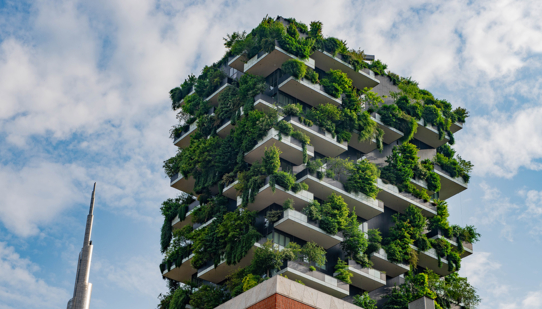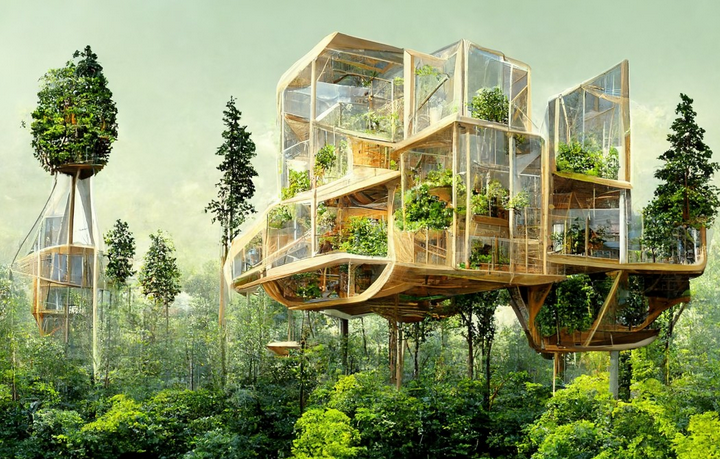The influence of nature in architectural design has long been a source of inspiration, guiding the creation of organic living spaces that seamlessly blend with the natural environment. By drawing upon natural forms, materials, and principles, architects have been able to create living spaces that reflect the inherent harmony and beauty found in the natural world. This approach results in the design of organic living spaces that promote wellness, sustainability, and a deep connection to the surrounding environment.

Blurring Boundaries Between Indoors and Outdoors
One of the key principles of organic living spaces is the seamless integration of indoor and outdoor environments. Architects design spaces that feature expansive windows, glass walls, and open floor plans, enabling a visual and physical connection to the natural surroundings. This approach brings the beauty of nature into the living environment and fosters a sense of tranquillity.
Biophilic Design Elements
Biophilic design, which emphasizes the incorporation of natural elements and patterns, is a fundamental aspect of organic living spaces. Architects integrate natural materials such as wood, stone, and plant life into interior and exterior spaces, creating a sense of warmth and grounding. Biophilic design also includes features such as indoor gardens, green walls, and water features that evoke a connection to the natural world.
Sustainable Building Materials and Green Technologies
Organic living spaces prioritize the use of sustainable building materials and green technologies. This includes the integration of energy-efficient systems, passive design strategies, and eco-friendly construction materials, aligning with the principles of environmental sustainability and responsible resource use.
Reflection of Natural Forms
Organic architecture often reflects natural forms and shapes found in the environment, such as curved lines, organic geometries, and biomimetic design. These elements create a visual flow and harmony within the living spaces, echoing the organic patterns and structures found in the natural world.
Embracing Natural Light and Ventilation
Architects design organic living spaces to maximize natural light and ventilation, creating bright, airy interiors that enhance well-being and energy efficiency. Consideration is given to optimal orientation, window placement, and shading devices to harness natural light and airflow, minimizing the reliance on artificial lighting and mechanical cooling.
Holistic Connection to Natural Surroundings
Organic living spaces are designed to foster a holistic connection to the natural surroundings. This may involve the incorporation of outdoor living spaces, gardens, water features, and contemplative areas, allowing residents to immerse themselves in the beauty and serenity of the natural environment.
Emphasis on Wellness and Comfort
Organic living spaces prioritize the well-being and comfort of residents, creating environments that promote relaxation, mindfulness, and a sense of overall wellness. The integration of natural materials and biophilic features contributes to a calming ambience and a rejuvenating living experience.
In conclusion
The influence of nature in architectural design has led to the creation of organic living spaces that celebrate the beauty, balance, and sustainability of the natural world. By integrating biophilic design elements, sustainable materials, and a seamless connection to the environment, architects can design living spaces that resonate with individuals on a profound level, enriching their quality of life and fostering a deep appreciation for the surrounding natural landscape.
